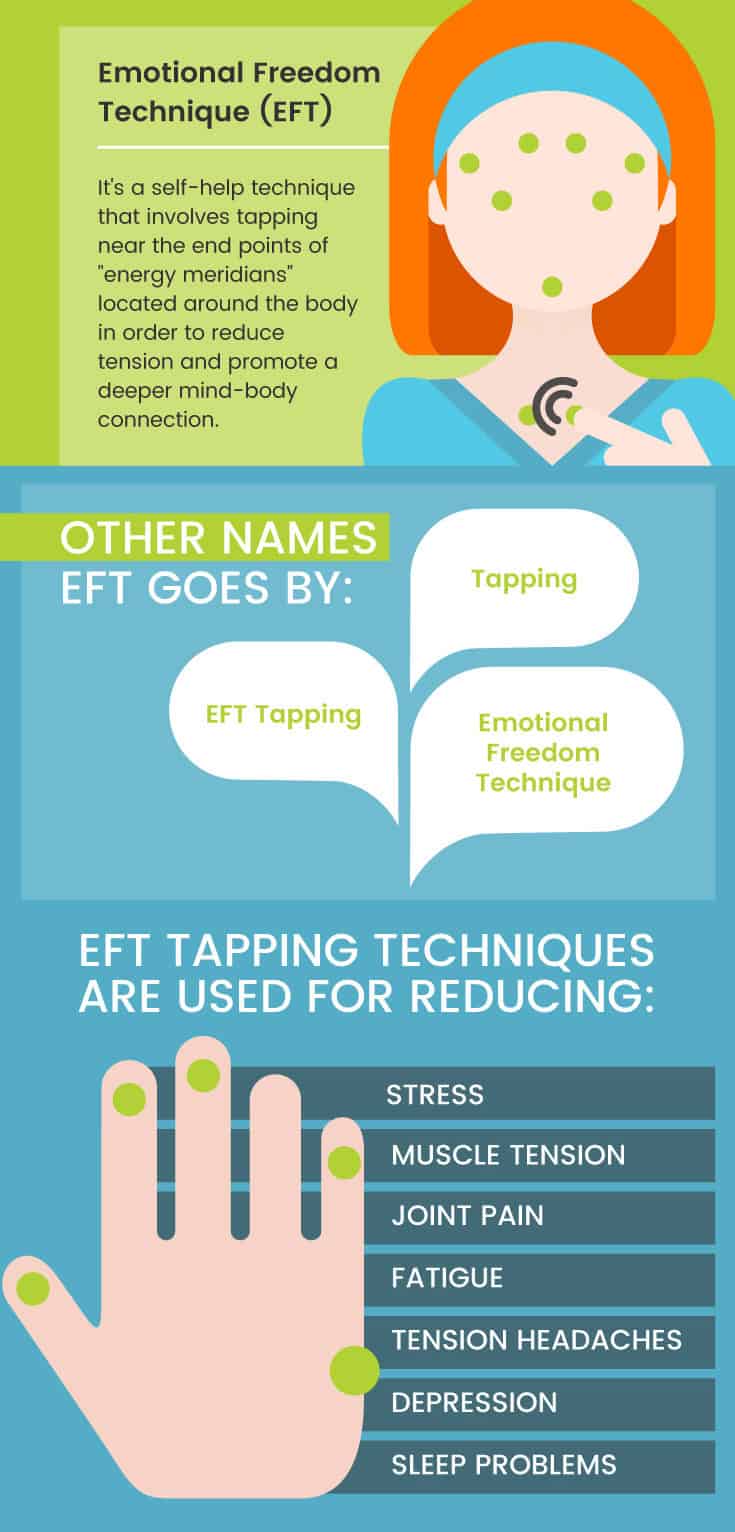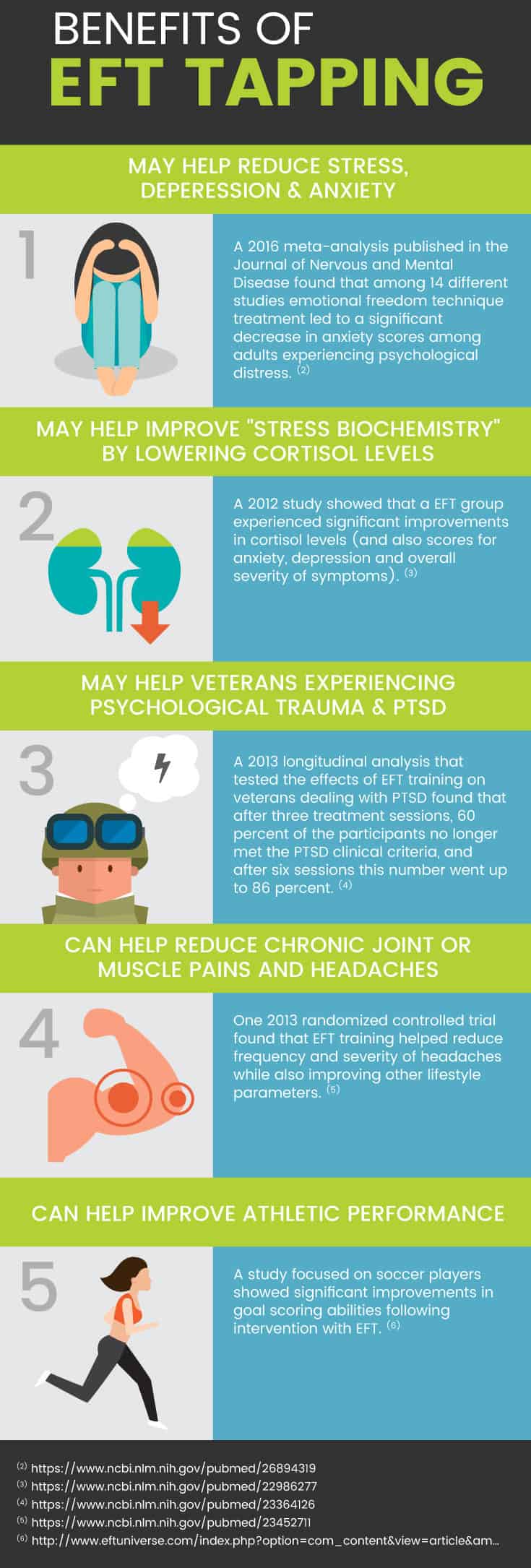This Dr. Axe content is medically reviewed or fact checked to ensure factually accurate information.
With strict editorial sourcing guidelines, we only link to academic research institutions, reputable media sites and, when research is available, medically peer-reviewed studies. Note that the numbers in parentheses (1, 2, etc.) are clickable links to these studies.
The information in our articles is NOT intended to replace a one-on-one relationship with a qualified health care professional and is not intended as medical advice.
This article is based on scientific evidence, written by experts and fact checked by our trained editorial staff. Note that the numbers in parentheses (1, 2, etc.) are clickable links to medically peer-reviewed studies.
Our team includes licensed nutritionists and dietitians, certified health education specialists, as well as certified strength and conditioning specialists, personal trainers and corrective exercise specialists. Our team aims to be not only thorough with its research, but also objective and unbiased.
The information in our articles is NOT intended to replace a one-on-one relationship with a qualified health care professional and is not intended as medical advice.
5 Emotional Freedom Technique or EFT Tapping Benefits for Stress, Pain & More
October 13, 2019

Do you know anyone who uses emotional freed technique (EFT), or EFT tapping, to help fight depression or anxiety? Are you wondering what EFT is all about and how it works?
Emotional freedom technique is used to manage tension in the body and worry in the mind.
The underlying principle of EFT is that all emotions and thoughts are forms of energy. This energy, whether positive or negative, has very real physical manifestations that affect all functions of the body.
While the human body possesses a natural healing potential, stress and emotional problems can stand in the way. This is where emotional freedom technique comes in.
People who experience benefits from practicing tapping techniques find that they help clear their mind, focus their attention on the present moment (much like meditation does) and improve their attitude.
One of the best things about EFT is that it can be done anywhere, at any time, quickly and without the use of any equipment, medications or supplements.
What Is EFT Tapping?
Emotional freedom technique is a self-help technique that involves tapping near the end points of “energy meridians” located around the body. The tapping process is done in order to reduce physical tension and promote a deeper mind-body connection.
This technique goes by a few different names, including emotional freedom technique, EFT tapping therapy or simply tapping.
According to the EFT Universe website, “EFT has been researched in more than 10 countries, by more than 60 investigators, whose results have been published in more than 20 different peer-reviewed journals.” These include the Journal of Clinical Psychology, the American Psychological Association journals Psychotherapy: Theory, Research, Practice, Training and Review of General Psychology.
Who invented EFT?
EFT tapping therapy was first introduced in the 1990s by a man named Gary Craig, who considered his approach to be an effective combination of mind-body medicine and acupressure techniques. Its creation followed another mind-body method called thought field therapy (TFT).
In the 1980s, TFT was developed by Dr. Roger Callahan, a clinical psychologist, who found that it helped people naturally manage negative emotions — including symptoms of anxiety and depression, fear/phobias, and physical symptoms related to stress.
Craig, one the lead creators of emotional freedom technique, was one of Dr. Callahan’s students who further researched and refined TFT techniques in order to establish his own unique approach. Since 1995, a variety of EFT courses have been available to the public, focusing on teaching people how to easily use tapping techniques to overcome physiological obstacles and common ailments.
What does EFT treat?
It can be used to manage both psychological problems and physical pain. For example, tapping is used to help cope with conditions such as:
- chronic pain
- anxiety and depression
- post traumatic stress disorder
- fear of public speaking and other forms of social anxieties/fear
- short-term or chronic stress
- muscular tension and joint pain
- fatigue and boosting energy levels
- tension headaches
- food cravings and emotional eating
- emotional problems tied to low self-esteem
- difficulties with athletic performance, focus and coordination
- trouble sleeping

How Does It Work?
How and why does EFT work? A 2018 systematic review and meta-analysis published in the Journal of Nervous and Mental Diseases describes emotional freedom techniques as “combining elements of cognitive restructuring and exposure techniques with acupoint stimulation.”
Emotional freedom technique has certain things in common with Traditional Chinese Medicine practices like acupressure or acupuncture because it focuses on the body’s “energy system,” made up of circuits that run throughout the body.
These energy circuits are referred to as meridians, and although they cannot be seen or measured, many believe they exist and have powerful effects.
- Mind-body healing techniques are believed to help direct the flow of energy in the body in a way that promotes well-being and reduces disruptions in the body.
- With EFT, you tap near certain points of specific energy meridians (similar to acupressure points) in your body to promote physical and emotional healing.
- Something that makes EFT different from acupressure or other Eastern approaches is that it focuses on more than physical ailments and energy systems. It also brings attention to thought processes that contribute to stress and emotional problems.
- The EFT process combines tapping of the energy meridians with voicing of positive affirmations. In this way, EFT tapping combines an Eastern medicine approach with more traditional Western psychotherapies. Proponents of tapping therapy feel that together these tools can have a big impact on emotional health.
Related: Benefits of Humanistic Therapy + How It Works
How to Perform Basic Emotional Freedom Technique Tapping
What are the actual EFT tapping techniques that you’ll need to learn in order to reap the associated benefits?
Some EFT practitioners teach that there are seven basic steps in the EFT tapping process, according to the EFT “recipe” created by Gary Craig. Others summarize the process in five steps.
The basic EFT tapping steps are as follows:
- Identifying the issue — Prior to tapping, start by naming the specific problem or emotion you want to target with EFT. The goal is to focus on only one issue at a time for the most effects.
- Creating a reminder phrase — You create a short phrase that helps you to refer to the problem or memory in a specific way by giving it a title. This helps you stay focused on the memory or current problem during the rest of the process.
- Rating the issue — Determine on an “intensity scale” ranging from 1–10 of how significant the problem is to you (1 the least significant and 10 the most).
- Setting up your affirmation — Come up with a self-affirming phrase that helps you feel powerful against the issue. The basic structure of positive affirmations is “Even though I feel X (fill in the problem or emotion you’re dealing with), I deeply and completely accept myself.” While you repeat your affirmation you start by tapping on your hand, specifically on the fleshy part on the outer side of your palm under your pinky finger.
- Performing the tapping sequence — During a tapping sequence you tap your finger over eight key meridian points. Use two fingers, usually the middle and index finger, and apply constant, gentle yet firm taps. Keep speaking out loud while you’re tapping, repeating positive phrases to keep your attention focused. Tapping points to include (in this order) are top of the eyebrows, side of the eyes, under the eyes, under the nose, under the chin, under the collarbone, under the arm and top of the head.
- Tuning in for re-rating — Tune in to how you are feeling about the tapping session, rating the problem once again on a scale from 1–10.
- Repeating the process— If you still feel stuck, find a new positive affirmation and repeat the process.

How can you become formally trained in EFT?
If you’d like to know much more about the origins of emotional freedom technique, how it works and how it can be applied to different situations, you might be interested in taking an online EFT training course.
You may also be able to find a trained EFT practitioner in your area who can introduce you the practice. To find out more information about EFT training either online or in your area ,try visiting:
Does It Work? Top 6 Benefits
What are the benefits of EFT, according to studies? Is EFT considered an evidence-based practice?
According to a 2019 article published in the Journal of Evidenced-Based Integrative Medicine, “EFT is an evidence-based self-help therapeutic method and over 100 studies demonstrate its efficacy.” Below are some of the many benefits associated with “tapping therapy.”
1. May Help Reduce Stress, Depression and Anxiety
EFT has been shown to help in the process of overcoming stress and related symptoms, such as trouble sleeping, fatigue and chronic panic. Scientific studies have also found some support of EFT for depression.
In the study mentioned above, following a four-day training in emotional tapping technique, participants experienced “significant declines in anxiety (−40 percent), depression (−35 percent), post-traumatic stress disorder (−32 percent), pain (−57 percent ), and cravings… Significant improvements were found in resting heart rate, cortisol, and systolic and diastolic blood pressure.”
Over the past several decades many studies have been conducted in an attempt to validate the significance of EFT tapping and similar techniques to determine how they might work. A 2016 meta-analysis published in the Journal of Nervous and Mental Disease found that among 14 different studies, emotional freedom technique treatment led to a significant decrease in anxiety scores among adults experiencing psychological distress.
There’s some evidence that EFT may work by helping decrease cortisol levels, one of the primary “stress hormones” that can contribute to many ailments when it stays chronically elevated.
According to a 2014 review published in Medical Acupuncture, “Clinical EFT has been shown to regulate stress hormones and limbic function and to improve various neurologic markers of general health. The epigenetic effects of EFT include upregulation of immunity genes and downregulation of inflammation genes.”
Researchers concluded that at least six well-controlled studies have indicated that EFT works differently than placebo.
2. May Help Improve “Stress Biochemistry” by Lowering Cortisol Levels
Another 2012 study also published in the Journal of Nervous and Mental Disease found that when subjects were randomly assigned to either an emotional freedom technique group, a psychotherapy group or a no-treatment group, the group receiving EFT treatments showed decreases in cortisol levels and a number of improvements in psychological distress markers.
EFT treatment lasted 30 minutes, and salivary cortisol was measured before and again 30 minutes after the intervention. Results showed that the EFT group experienced significant improvements in not only cortisol levels, but also scores for anxiety, depression and overall severity of symptoms.
3. May Help Treat Psychological Trauma and PTSD
In studies, EFT has shown efficacy in treating post-traumatic stress disorder (PTSD) and related symptoms. Because it uses positive affirmations, EFT may work similarly to traditional “talk therapy” to some extent, but be more effective for certain people because it engages both the mind and body.
A 2018 article entitled “Guidelines for the Treatment of PTSD Using Clinical EFT” that was published in the journal Healthcare states:
Its efficacy for post-traumatic stress disorder (PTSD) has been investigated in a variety of demographic groups including war veterans, victims of sexual violence, the spouses of PTSD sufferers, motor accident survivors, prisoners, hospital patients, adolescents, and survivors of natural and human-caused disasters.
In one 2013 longitudinal analysis that tested the effects of EFT training on veterans dealing with PTSD found that after three treatment sessions 60 percent of the participants no longer met the PTSD clinical criteria, and after six sessions this number went up to 86 percent. The majority of these improvements lasted for at least three to six months.
According to 2017 guidelines for treating PTSD that were published in the Permanente Journal:
Most practitioners (63%) reported that even complex PTSD can be remediated in 10 or fewer EFT sessions… We recommend a stepped care model, with 5 EFT therapy sessions for subclinical PTSD and 10 sessions for clinical PTSD, in addition to group therapy, online self-help resources, and social support.

4. Can Help Reduce Chronic Joint or Muscle Pains and Headaches
A number of studies have found that EFT can help manage symptoms in sufferers of tension headaches, those with fibromyalgia, people dealing with chronic injuries and many others suffering from pain.
One 2013 randomized controlled trial found that EFT training helped reduce frequency and severity of headaches while also improving other lifestyle parameters.
One study of 86 women with fibromyalgia found that after completion of an eight-week EFT training program, statistically significant improvements were observed in the group assigned to EFT training compared to those assigned to a waiting list group.
Researchers found improvements associated with EFT in variables including pain, anxiety, depression, vitality, social function, mental health, performance problems involving work or other activities, and psychological processes like frequent rumination, magnification and helplessness. The EFT group also showed significant increases in activity level.
5. Can Help Improve Athletic Performance
A 2009 study published in Open Sports Sciences that investigated the effects of emotional freedom techniques as part of a psychophysiological intervention for male and female basketball players found that EFT treatment helped improve athletic performance. The group of athletes receiving EFT treatment for 15 minutes were compared to a performance-matched control group received that received a placebo intervention.
Researchers measured performance by observing free throw success and vertical jump heights. Following treatment they found a statistically significant difference between the two groups in terms of free throw performance.
There was no difference observed between treatment groups in jump height. The difference between groups was attributed to EFT helping with concentration and possibly performance anxiety/stress.
Another study found similar results in soccer players, who showed significant improvements in goal-scoring abilities following intervention with EFT. Other research has also shown that EFT tapping may help improve mental conditioning related to sports performance, including boosting confidence and reducing performance anxiety.
6. May Support a Healthy Diet and Lifestyle
Does EFT help with weight loss? Because it can reduce stress hormones, including cortisol, it may be helpful for managing your appetite — plus it seems to help increase coping abilities when it comes to resisting emotional eating.
Practicing tapping is one way to deal with cravings that are triggered by stress, boredom, sadness and loneliness. Tapping may help you cope with physical urges to binge and eat emotionally, which can have a big impact on your food choices and weight.
Related: How Energy Healing Works to Benefit the Body & Mind
Risks and Side Effects
Even though findings regarding the positive effects of EFT are promising, researchers point out that EFT should not be considered “standard treatment” for people with mental disorders. It’s considered an alternative treatment that should not take the place of approaches like cognitive behavioral therapy.
Emotional freedom technique should best be thought of as a adjunct therapy, used in combination with things like a healthy lifestyle (eating a nutrient-dense diet and getting enough exercise), traditional therapy, stress-relieving practices like meditation or prayer, and possibly medications.
Final Thoughts
- What is eft tapping? EFT stands for emotional freedom technique.
- It’s a self-help technique that involves tapping near the end points of “energy meridians” located around the body.
- People use EFT tapping in order to reduce tension, promote a deeper mind-body connection, and manage symptoms of anxiety, depression or stress.
- Tapping focuses on resolving physical ailments by altering energy systems in the body. It also brings attention to thought processes that contribute to psychological stress and emotional problems.
- How does it work? EFT may work by lowering cortisol level and the body’s stress response.
- Through muscle relaxation, affirmations and other relaxation techniques it reduces negative emotions and physical symptoms.



